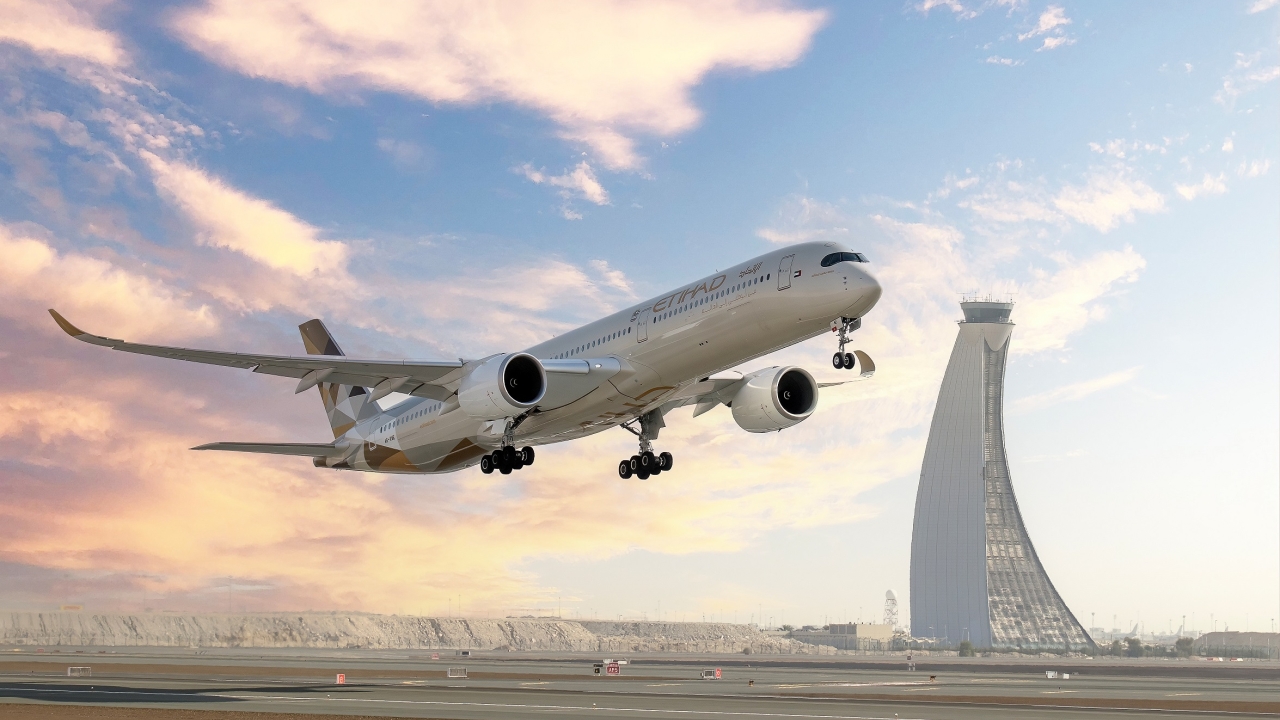End of the line for Etihad’s A330 freighters
While Etihad Airways itself has been struggling of late, with losses from fuel hedging and disappointing results from investments in other airlines, its cargo division has been holding the line. Tom Pleasant spoke to Justin Carr, vice president cargo, to find out more.

Etihad Cargo was forced to ground its five A330 freighters earlier this year due to its parent’s difficulties.
The decision came despite the cargo division meeting its targets and Justin Carr, vice president cargo, confirmed there is little chance the aircraft will return to service.
“We made a conscious decision last year to look at what fleet size and composition best suits our short- and medium-term plans. The outcome of that was pretty clear: the Boeing 777 is the right aircraft for those plans.
“As for the A330s, our fleet-planning team is dealing with them and I don’t foresee them coming back into service, certainly not under Etihad colours.”
To be fair, many operators have struggled to make the A330F work as well as they had hoped, with the 777F becoming a popular alternative. Etihad already has five 777Fs and will accept a sixth by the end of the year. Those are largely being used east-west, but north-south demand is also strong, which justify services to and from points in Africa.
“Africa is still an interesting proposition for us and represents a good growth area due to Abu Dhabi’s geographical location,” said Carr. “Our freighters operate three times a week out of Nairobi, along with belly capacity on our passenger services, and we recently relaunched a freighter into Johannesburg. Still, for freighter deployment, our preference would be to have them where we have the majority of our passengers, and that still remains on the east-west corridor.”
Meanwhile, belly capacity continues to be an essential resource. “Our belly load factors are high,” he said, “certainly higher than most numbers in the industry. So, when we rationalised our fleet and redeployed passenger aircraft to key locations, that was made collectively with our passenger divisions [to take into account] cargo capacity.”
As with other airlines, Etihad is working on developing specialist products to serve particular verticals, such as pharmaceuticals. “We have some really exciting developments we’ll be able to punch out quite soon in the pharmaceutical and fresh-produce sectors,” Carr revealed. “We’re also developing, along with key stakeholders, products to support the oil and gas industry.”
In terms of infrastructure, the Abu Dhabi Midfield Terminal, due for completion in the final quarter of 2019, will provide Etihad with plenty of room to grow. “It’s certainly going to be an iconic symbol of Abu Dhabi and something that we’ll be extremely proud of,” said Carr. “Such a large infrastructure development will certainly have an impact – not just on the airline but also the cargo process and plans going forward.”
The new terminal is part of Abu Dhabi 2030, the 22-year strategy to secure the emirate’s long-term economic stability. As the flag-carrier of Abu Dhabi, Etihad is obviously part of that vision.
“Our short-, medium- and long-term cargo strategies are to ensure that we embrace that [vision], but we also need to be profitable. Our proposition fundamentally stays the same, in that we have specialist products and services for our key customers, but the interpretation of that is going to change over the next few years.”
That degree of cross-industry harmonisation is sadly lacking within the air cargo industry as a whole, something Carr was reminded of at the recent International Air Transport Association (IATA) World Cargo Forum in Dallas.
“There’s a lack of standardisation and collaboration in the industry. Air freight, by its nature, is time-sensitive and, therefore, speed is a key driver. Airlines and freight forwarders do their best but, in certain countries and regions, the customs regime, cargo-handling and infrastructure slows everything down, hampering the effectiveness of the whole air freight product.
“It’s got a lot better over the last few years,” he added, “but across the industry, collaboration needs to take us to the next level. The biggest game-changer will be digitalisation, but there will have to be open sharing of information to produce the big data needed to be effective.”
Stay up to date
Subscribe to the free Times Aerospace newsletter and receive the latest content every week. We'll never share your email address.

